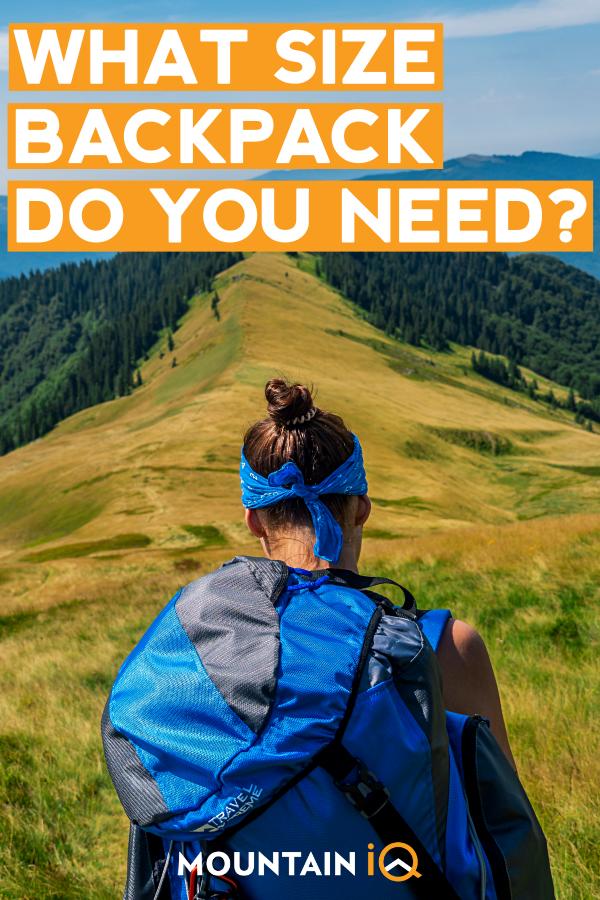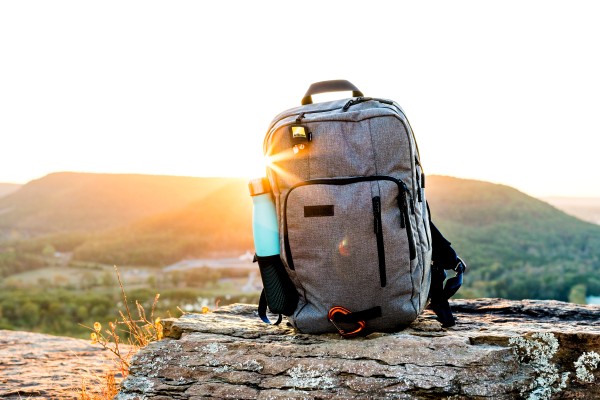Whether you are going for a quick half-day hike or a more taxing multi-day trek, there is a pack out there to suit your specific needs.
If you're wondering about what type of backpack you need, how it should fit or what features you should look for, we've got you covered!
Below is the ultimate backpack size guide to help you find the perfect backpack to take on your next outdoor adventure.
Backpack Types, Features and Sizing Guide
Types of Backpacks
Most major backpack manufacturers measure the volume of their packs by adding up the total volume of the closed storage of their packs. However, smaller manufacturers use a different method, which includes the open pockets, such as the water bottle pocket. This can make weight-to-volume comparisons tricky.
The best thing to do is to call the manufacturer directly to understand which method they used so that you can have a more accurate idea of what the volume of your pack really is.
Day Packs: 20-35 liters
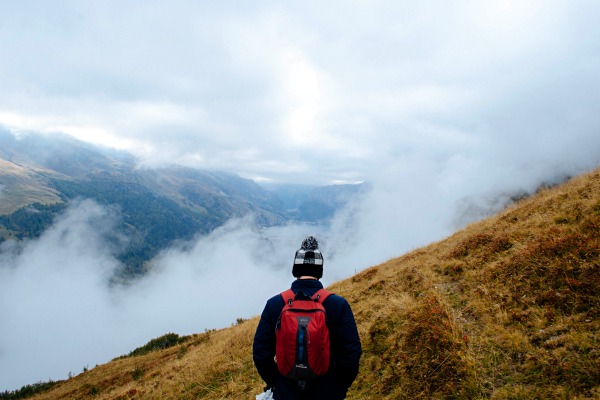
The purpose of your daypack is to hold your water, food and other essentials as you embark upon your short adventure. As the name suggests, daypacks are only suitable for single day hikes, climbs and runs. If you are intending on being out the entire day, we suggest that you purchase a daypack in the 35 liter range so that you can carry extra water and food.
In general, day packs will either be soft-backed or frameless so that they are lightweight. Daypacks are intended for light loads as they are only meant to carry your basic essentials on your day time excursions.
If you are looking for a daypack on the larger side, you'll probably want to get one with hip belts to help minimize the impact of the load hitting against your back as you walk.
Short Adventure Packs (1-3 nights): 30-50 liters
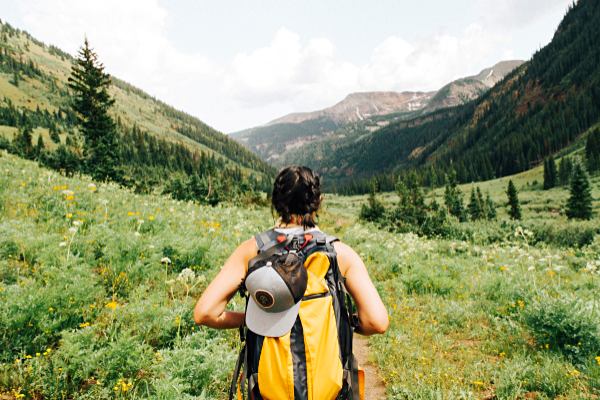
You can’t use a day pack if you are looking to be out for more than one night. This is because an overnight stay requires a lot more gear that you have to pack; such as sleeping gear, cooking gear, a tent / hammock / shelter as well as more food.
So, for slightly longer adventures you’ll be looking for a backpack that is around 30-50 litres. You’ll need to be able to pack efficiently and lightly to ensure you are able to carry everything you’ll need for your overnight stay.
Multi-Day Adventure Packs (3-5 nights): 50-80 liters
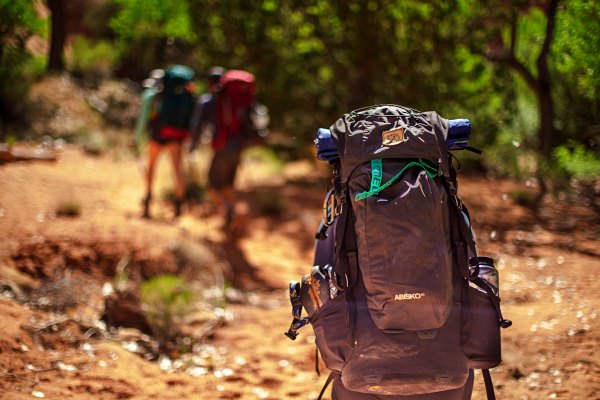
Multi-day adventure backpacks are an excellent choice for warm-weather trips lasting 3 days or more. They are the perfect packs for camping, day trips or over-nighters.
A multi-day adventure pack will be able to hold more luxury items; such as a larger tent and more technical gear depending on the climate and the activity you need to the pack for.
If you are spending more than 3 days in the wilderness, you will definitely need more space for food and clothes, which is why many people choose this type of pack over a short adventure pack.
Expedition Packs (5 nights or longer): 70 liters or larger
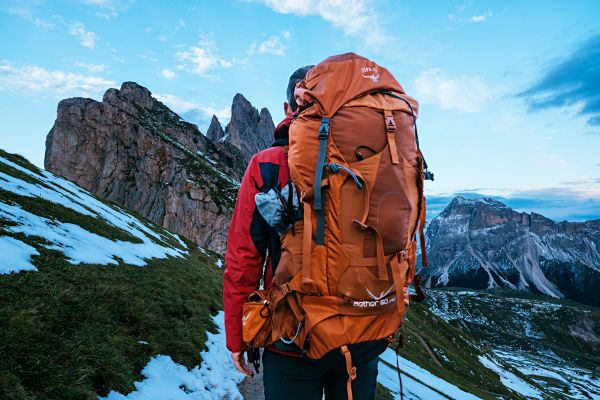
Expedition packs are designed to hold huge amounts of food and gear and are usually targeted towards professionally guided mountaineering trips.
If you are planning a winter trek exceeding more than 1 night, these packs are definitely what you need. They have the capacity to accommodate extra clothing, a warmer sleeping bag, a 4-season tent, as well as all the food and extra gear you will need to take with you.
These packs are also great for parents looking to hike with younger children and want to be able to carry not only their own gear, but their children's things as well.
Backpack Features
Frame Types
Internal frame backpacks
The majority of backpacks designed for outdoor activities will be internal frame backpacks. This is because an internal frame is considered better than an external one. Internal frame packs are designed to keep you stable as you hike along uneven terrain and can be used for more dynamic activities such as skiing or climbing.
An internal frame backpack has support rods and a frame built into the pack and hidden from view. Internal frames look a lot better than external frames and they won’t get caught on anything.
These packs also tend to be lighter as the frames are made from carbon fiber or tough plastic. They may incorporate a variety of load support technologies to ensure the transfer of the load to your hips.
External frame backpacks
External frame backpacks are appropriate when carrying heavy, irregular loads. They are best for walking along trails, as opposed to climbing or skiing where you can get a bit wobbly.
The backpack is hung off a single exterior frame, with your load positioned further away from your body. Exterior frames have a higher center of gravity, meaning the pack will have excellent weight transfer and fantastic ventilation.
These packs also tend to have lots of gear organization options.
Frameless Backpacks
You also have the option of a frameless backpack. These are ideal for hikers who like to travel light and move fast.
Some packs come frameless, whereas others may have a removeable frame. A pack without a frame will be lighter than those with a frame, but you will be sacrificing the load support of a framed backpack.
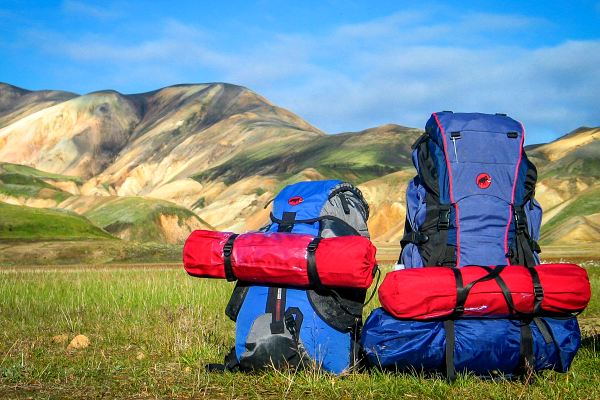
Ventilation
Some packs feature a suspended mesh back panel, also called ‘tension-mesh suspension,’ to help combat the sweaty back you may get from an internal frame pack that rides against your back. This trampoline-like design involves a frame-supported backpack riding a few inches away from your back, which instead rests against breathable mesh.
Ventilation ‘chimneys’ are another option to increase the ventilation of your pack. These chimneys are built into the back panels of your pack to help promote airflow.
Pack Access
Packs either come with a top-loading opening or a front panel access. With a top-loading opening, you will only be able to reach things at the top of your pack and will therefore need to decide what items you’ll need immediately throughout the day and which items can be buried deep at the bottom of your pack.
A pack with front panel access is much more convenient as it exposes the full interior or your pack and allows you to access items that are deep within your pack.
Pockets
Elasticized side pockets
These pockets lie flat when empty and will stretch out to hold items such as a water bottle, sunglasses, sun-cream or other loose items.
Hip-belt pockets
These pockets are used to store small items you want to reach quickly.
Shovel pockets
Shovel pockets are flaps that have been stitched into the front of the pack with a buckle closure at the top. Although originally designed to carry a snow shovel, these pockets make an appearance on many 3-season packs, serving as a convenient spot to stash items.
Front pockets
These are sometimes added to the exterior of a shovel pocket and are used to hold onto smaller, less bulky items.
Removable Daypack/Top Lid
Some packs come with a removable daypack, which is ideal for day trips or smaller excursions during your longer trek. Some packs also have detachable top lids, which convert into a hip-belt pack for the day.
Sleeping Bag Compartment
A sleeping bag compartment is a pocket near the bottom of your backpack. It is useful if you don’t want to use a stuff sack to store your sleeping bag. Alternatively, it can also be used to hold other gear you would like to have easy access to.
Padding
Padding is necessary to avoid pain in your hips and lower back. If you are experiencing lower back and hip pain, consider getting a cushier hip-belt.
Attachment Points
It is rare for a pack to not offer attachment points on the exterior of the pack. If you frequently need an ice axe or trekking poles, there will be loops for you to attach these items to the outside of your pack.
Rain Cover
Although the internal fabric of your pack should have a waterproof coating, it is still possible for water to seep through the seams and zippers . The exterior fabric can also absorb water during a heavy rain shower. Therefore, if you are expecting to hike in wet and rainy conditions, it is advisable that you bring a rain cover for your pack to avoid your belongings becoming soaked.
Hydration Bladder
Nearly all packs com with an internal sleeve for you to insert your hydration bladder (will most likely be sold separately). The pack should also have hose portals so that you can sip your water hands-free as you hike.
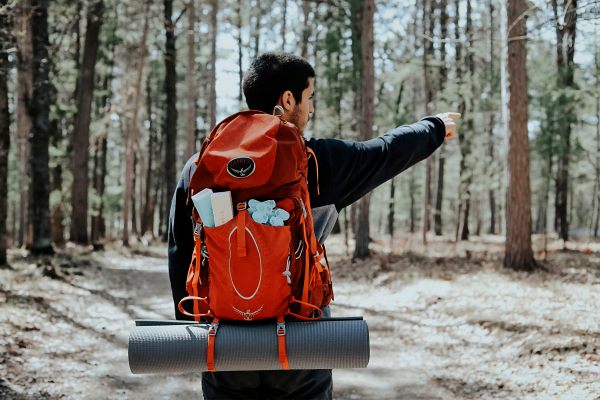
Backpack Fit
It is important to find a pack that fits you well. The right size backpack should be size-appropriate for your torso length as you'll want a pack that is proportional to your body. It should fit snug and comfortably on your hips. If your pack is too big, it won’t be properly balanced and will most likely cause back pain and leave you feeling a bit unstable.
Torso length
Backpacks are available in multiple sizes, ranging from extra small to large. The size range of backpacks will vary by manufacturer and gender. The best way to test if a pack is the right size for you is to try it on. Most shops will help you load your pack to see how your pack will feel once it is full.
Some packs include adjustable suspension, which can be modified to fit your torso. This is a great feature if you are in between sizes. Just keep in mind that an adjustable harness will add a little extra weight to your pack.
Waist size
The majority of your backpack’s weight should be supported by your hips. Hip-belts can usually accommodate a wide range of waist sizes; from mid-20 inches to mid-40 inches.
It is possible that if you have a very narrow waist you may struggle to find a hip-belt that is snug enough. However, some packs do offer interchangeable hip-belts, which is great because you can swap your hip-belt for one that fits your waist better.
Women’s backpacks
Women’s packs are made with the female form in mind, as women tend to have smaller frame sizes. Women’s packs will also work for younger backpackers of any gender.
The torso dimensions of women’s backpacks tend to be shorter and narrower than men’s packs. The hip-belts and shoulder straps are contoured to fit a women’s body. The shoulder straps are closer together, thinner and more tapered. The hip-belts are canted to better cup a woman’s hips.
Youth backpacks
Youth packs typically offer smaller capacities and include an adjustable suspension to accommodate the growth of the child. Women’s packs can also work well as youth backpacks.
Load lifter straps
These straps are stitched into the top of the shoulder straps and connect to the top of the pack frame. You want them to form a 45-degree angle between your shoulder straps and the pack. Their purpose is to prevent the upper portion of your pack from pulling away from your body.
Sternum strap
This is a mid-chest strap that connects your shoulder straps to help boost stability if you are traveling over uneven terrain.
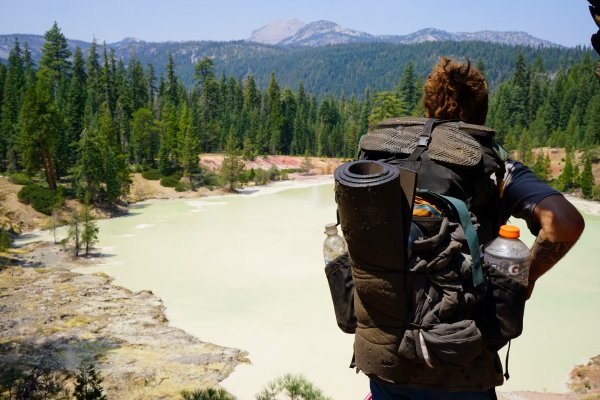
What Else To Consider
Internal vs. external frames
As previously mentioned, packs with internal frames and packs with external frames each have their own list of pros and cons. It just depends on what you will be using the pack for. If you are looking to transport a bulky inflatable kayak, then a pack with an external frame is what you’ll need. But if you are wanting to go on a trek through rugged and uneven terrain, you are better off with a pack that has an internal frame.
Waterproofing
Although your pack does not need to be 100% waterproof, you should make sure that your pack is at least semi-waterproof to prevent your belongings getting soaked should you encounter light rainfall. Most packs do come with a tarp or rain fly to cover your pack in a harsher downpour. Look for material that is thick, yet lightweight. Some manufacturers use some type of DWR (durable water repellant) on their fabrics to make them more water-resistant. Treated nylon is a great option.
Price
The price of backpacks depends on their size, fabric and brand. You can expect most packs to cost between $99-$300. Medium-sized store brands generally cost around $200. Store brands are going to be cheaper than big name brands like North Face etc.
Packs over $300 are generally not worth it, no matter how nice they appear to be. These packs tend to be larger with more features.
You should be looking to spend between $100-$250, although if you are on a budget you can get good hiking backpacks under $100.
Ultralight packing requirements
If you are looking to go ultralight (12-28lbs), you definitely need to learn to exercise some self-restraint. You need to make sure you weigh your gear and choose what is necessary over what is a luxury. You should also look to replace older gear with newer, more lightweight options.
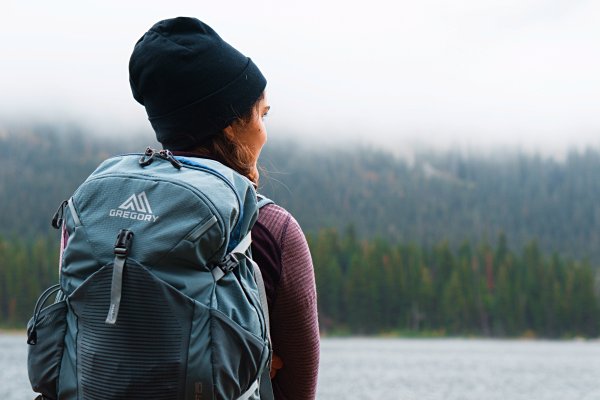
Finding the right backpack can be tricky, but hopefully this backpack size guide provides you with enough information to make an educated decision on which pack you need to purchase for your specific needs. Happy hiking!
See more trekking resources and hiking gear reviews, including outdoor bags.
